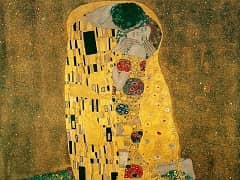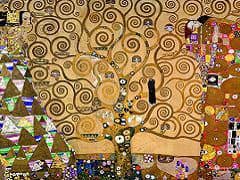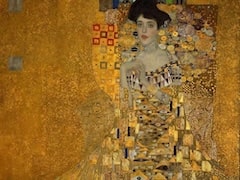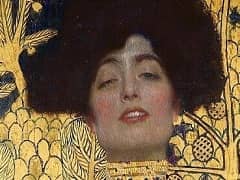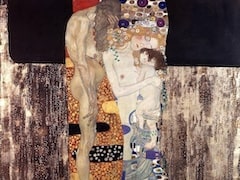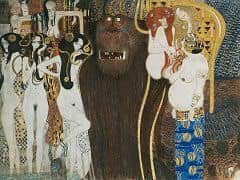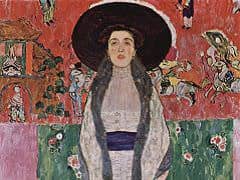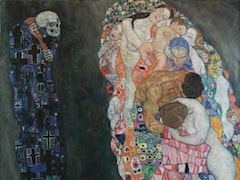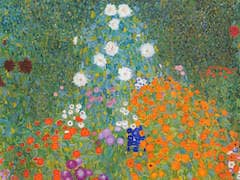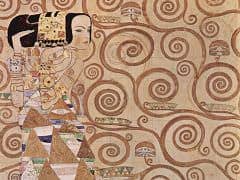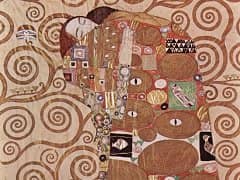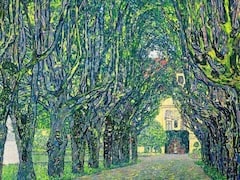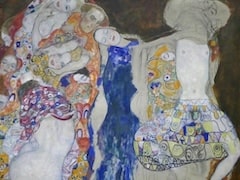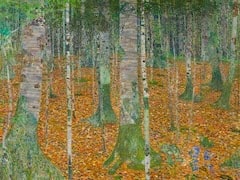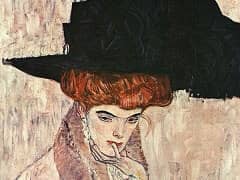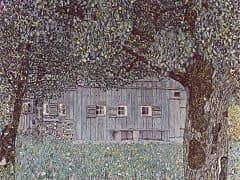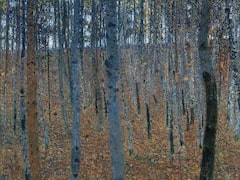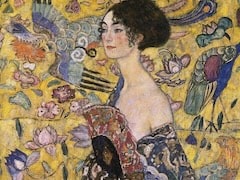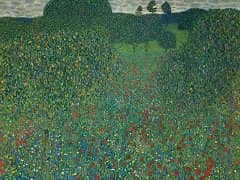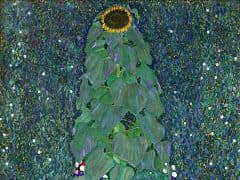Water Serpents, by Gustav Klimt
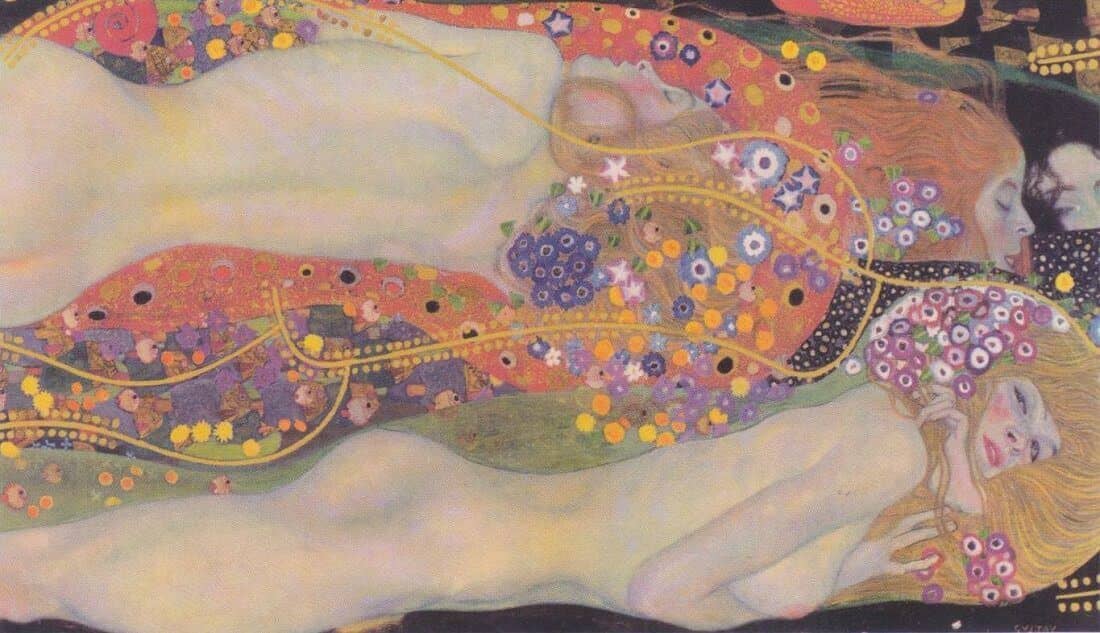
Klimt returned to the theme of 'sensual women in water' in two works know as Water Serpents I and Water Serpents II. Water Serpents I is not an oil painting, and its pale, unusual colouring is in part dictated by the medium used. It does not differ much from the preliminary drawings that Klimt used for reference, apart from the addition of the gold paint, and the green and gold-leaf thread entangled around the women's bodies. The unambiguously lesbian embrace of his models would perhaps have been unacceptable had it been presented as a straight portrait. However, by renaming the work and giving it an allegorical theme and by adding the fish-like serpent behind the bodies and adorning every surface with gold and pattern, Klimt was able to show the painting to Vienna without fear of censorship.
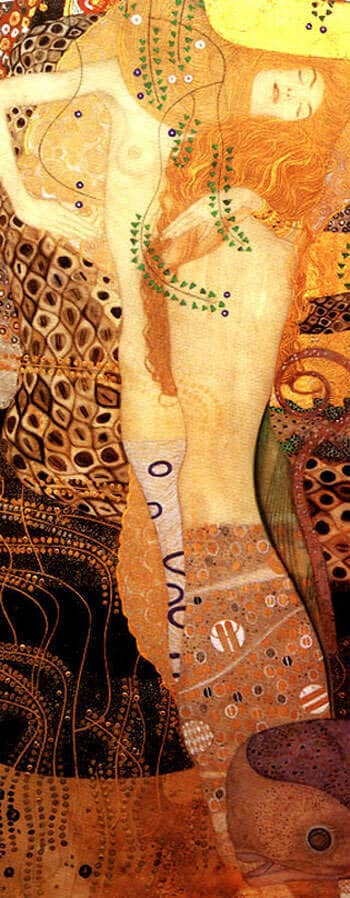
The basic genres of Klimt's art remained unchanged up to the time of his death - portraits, landscapes, and allegories. In his last period, however, these familiar genres were treated with greater expression of feelings and the picutures became less abstract. Human types were no longer disguised in the context of myth or fairy tale. They appeared before the viewer in unvarnished reality. In a later painting, Girlfriends, Klimt portrayed lesbianism much more openly. A naked young girl with parted lips rests her head against her lover, who holds a wrap, partly covering their nudity.

